Christie’s adds up its carbon footprint from NFTs
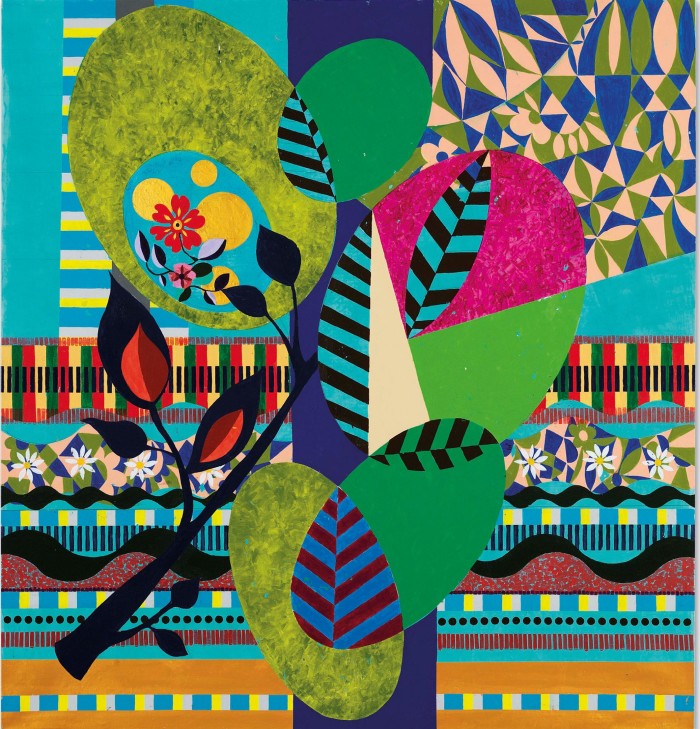
Roula Khalaf, Editor of the FT, selects her favourite stories in this weekly newsletter.
Christie’s has estimated that its 2021 sales of non-fungible token (NFT) art accounted for 0.2 per cent of its total carbon footprint, according to its second Environmental Impact Report. That includes processing cryptocurrency payments for the headline-grabbing $69mn sale of Beeple’s “Everydays: The First 5000 Days” (2021), whose related emissions were “roughly equivalent to a passenger flying from New York to Paris”, the report explains. When it comes to NFTs, Christie’s says, “on a per lot basis the emissions are not insignificant”.
Produced with the sustainability consultancy Avieco, the (digital) annual report is part of the auction house’s commitment to reduce emissions by 50 per cent by 2030 from its 2019 baseline. Christie’s surpassed this target in 2021, emitting 53 per cent less (25,166 tonnes CO₂ equivalent), with shipping emissions down nearly 60 per cent and travel down more than 90 per cent. The report notes, though, that emissions are likely to rebound now that more normal operating conditions have returned, following reduced activity during lockdowns.
Christie’s also continues its collaboration with the Gallery Climate Coalition and ClientEarth, a charity that mounts legal actions to curb carbon-emitting activities. On June 28, it offers Beatriz Milhazes’s “Cebola Roxa” (2020), donated by the artist and White Cube gallery and estimated at £600,000-£800,000. It is the fifth work in the Artists for ClientEarth collaboration, which has so far raised £5.5mn.
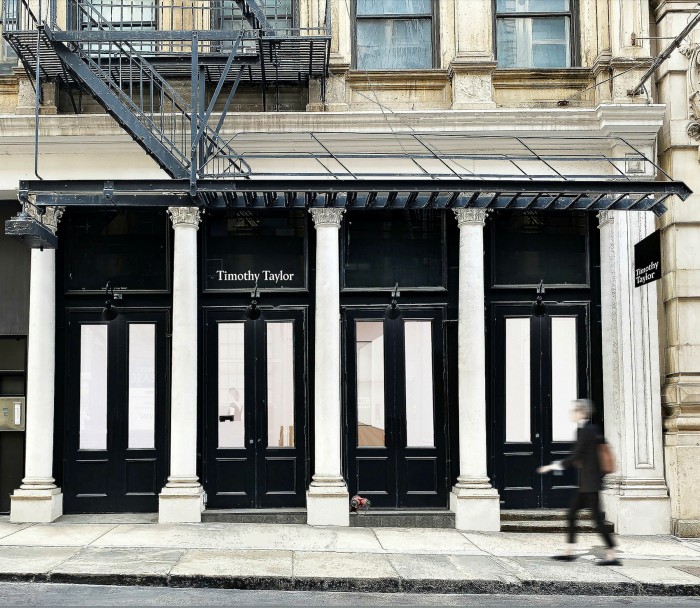
The London gallerist Timothy Taylor is set to open a 6,000 square foot gallery in Tribeca, New York, replacing the Chelsea townhouse that he opened in 2016 as his first overseas space. “There has been a big shake-up in our world, in the way a gallery functions and its relationships with artists. But New York remains its pivotal point,” Taylor says.
His new warehouse space at 74 Leonard Street “reminds me of the great SoHo galleries of the 1980s”, he says. “It is a building with real personality rather than a neutral space.” It opens in early 2023, following a renovation by industry favourite studioMDA. Stephen Truax, most recently a director at Cheim & Read, joins as a director of the gallery and will work with Taylor’s US partner, Chloe Waddington.
Business is clearly booming stateside for Taylor, but he says that London is still “the European capital for the contemporary art world: its cosmopolitan dynamic hasn’t really changed since Brexit.”

The talk of Basel during this month’s art fair was the Mondrian Evolution exhibition at the city’s renowned Fondation Beyeler museum (until October 9). As its title suggests, the show challenges perceptions of Piet Mondrian as purely a painter of minimal grids and features the landscapes and architectural observations that he made in his early years and continued to explore, even as he was breaking new ground in abstraction.
Now these apparently atypical works are beginning to appear on an art market hungry for supplies of Modern art. In one of its New York day sales last month, Sotheby’s offered Mondrian’s watercolour “Chrysanthemum” (c1908) — a subject matter that features in the Beyeler show — which sold for $460,000 ($580,000 with fees), far ahead of its $150,000-$250,000 estimate.
But the market is still warming up and not all are hitting their estimates. Also in May, Bukowski’s in Stockholm sold his “Barn Doors of a Brabant Farm Building” (1904) for €66,000 (€81,000 with fees, est €80,000-€100,000), while Christie’s had his small “Drie Chrysanten” (c1899-1900) which went for $45,000 ($57,000 with fees, est $50,000-$70,000). Expect many more, though.
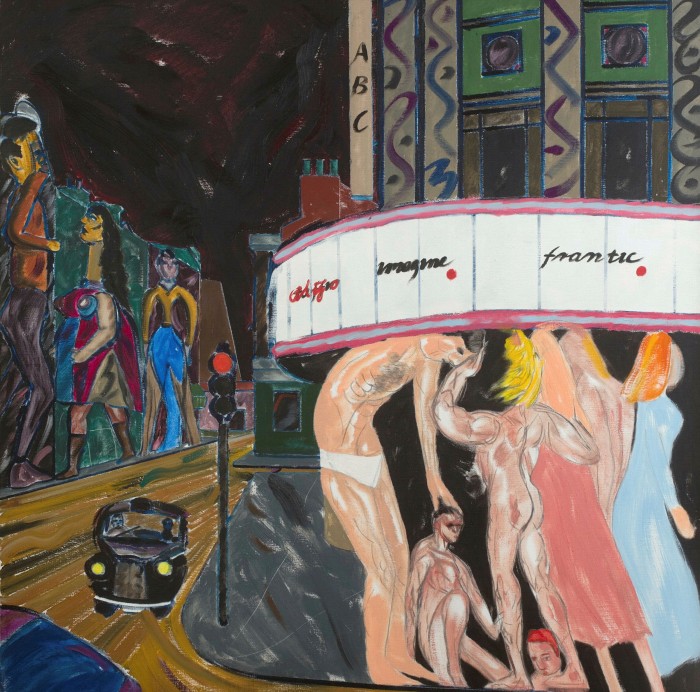

Piano Nobile gallery in London now represents the estate of the American-born, School of London painter RB Kitaj (1932-2007). “I feel that the time is now right for him. We are getting interest from a younger generation, who respond well to the confrontational, emotional nature of his work,” says gallery director Robert Travers.
Kitaj won the Golden Lion award at the Venice Biennale in 1995 but suffered from a critical reception to his Tate retrospective the previous year. When his wife died young, around the same time, the artist injected much of his grief, anger and passion into his work. The London gallery will bring two compelling Kitaj works to next week’s Masterpiece fair — “Fulham Road Cinema Bathers” (1988, £280,000) and “Kabbalist and Shekhina” (2003, £180,000) — and plans a dedicated show next year.
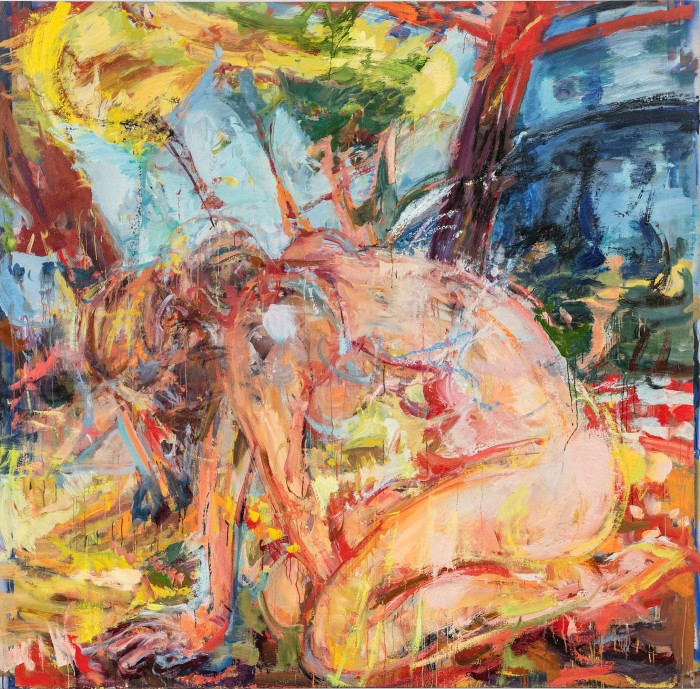
The English summer belongs to Catherine Goodman, founding artistic director of east London’s Royal Drawing School, trustee of the National Gallery and award-winning artist. Goodman spent the Covid lockdowns caring for her mother, who has advanced Alzheimer’s, yet managed to create a new body of work. The resulting paintings and drawings, which incorporate trees and the female form, have “a new emotional intensity” to them, says Joe Balfour, sales director at Marlborough gallery.
His London gallery shows them from next week (And Everything Changed, June 29-August 26), while one work from the series, the mythological “Daphne” (2020-22, £40,000), will be on its booth at the coinciding Masterpiece fair. Goodman has another show in the planning for next year, at Waddesdon Manor, a National Trust home in Buckinghamshire run by the Rothschild Foundation. Its chair, Jacob Rothschild, is a supporter of the Royal Drawing School and collector of Goodman’s work.
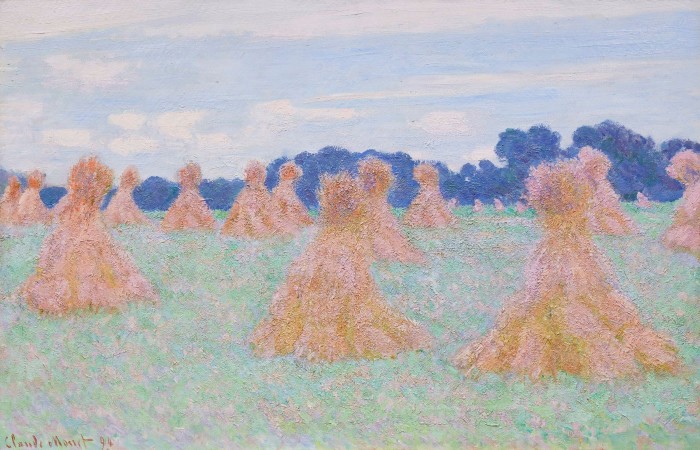
What happened to Claude Monet’s “Les Desmoiselles de Giverny” (1894)? The painting of dancing grainstacks was due at Sotheby’s London auction on March 2 but was withdrawn during the sale with the notice that it would reappear during New York’s May 2022 season — and then did not. Carrying an auction house guarantee in March, the work was catalogued as one of five by the artist from “a distinguished American collection” and had the highest estimate of the group (£15mn-£20mn). Another Monet from the same group failed to sell on the night, with a third coming in below estimate, as the absence of Russian buyers from the market was felt to have impacted demand for Impressionist pictures. Sotheby’s says that the missing Monet will be back on its block in November.
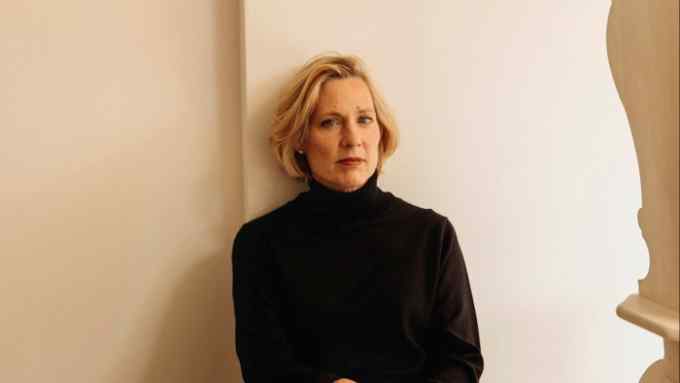
Comments